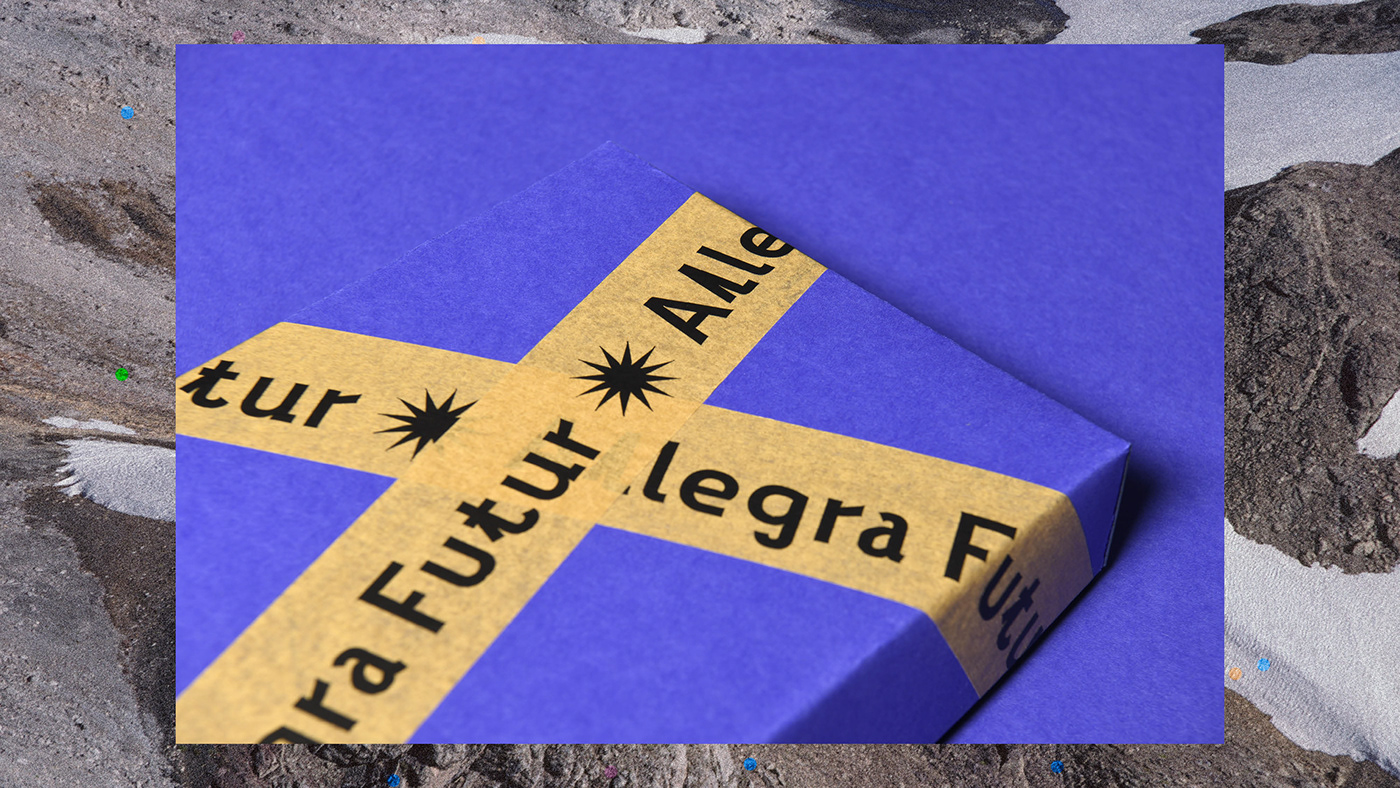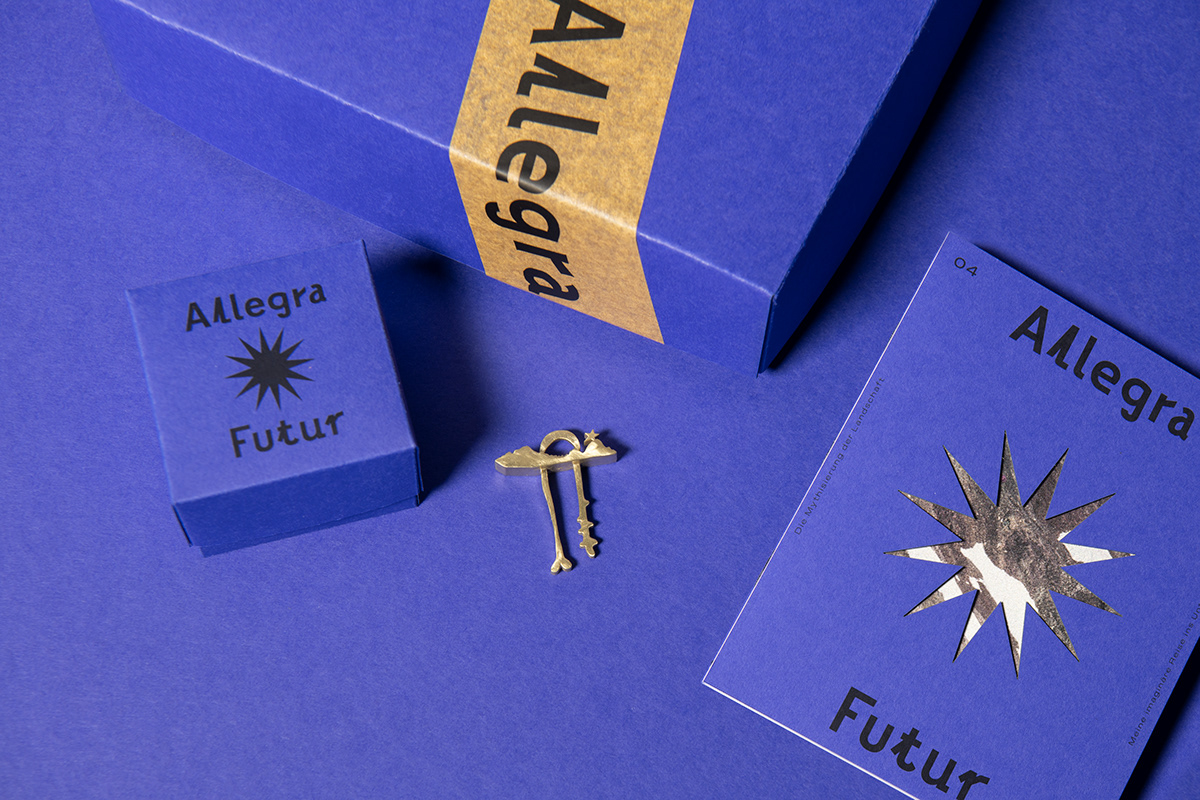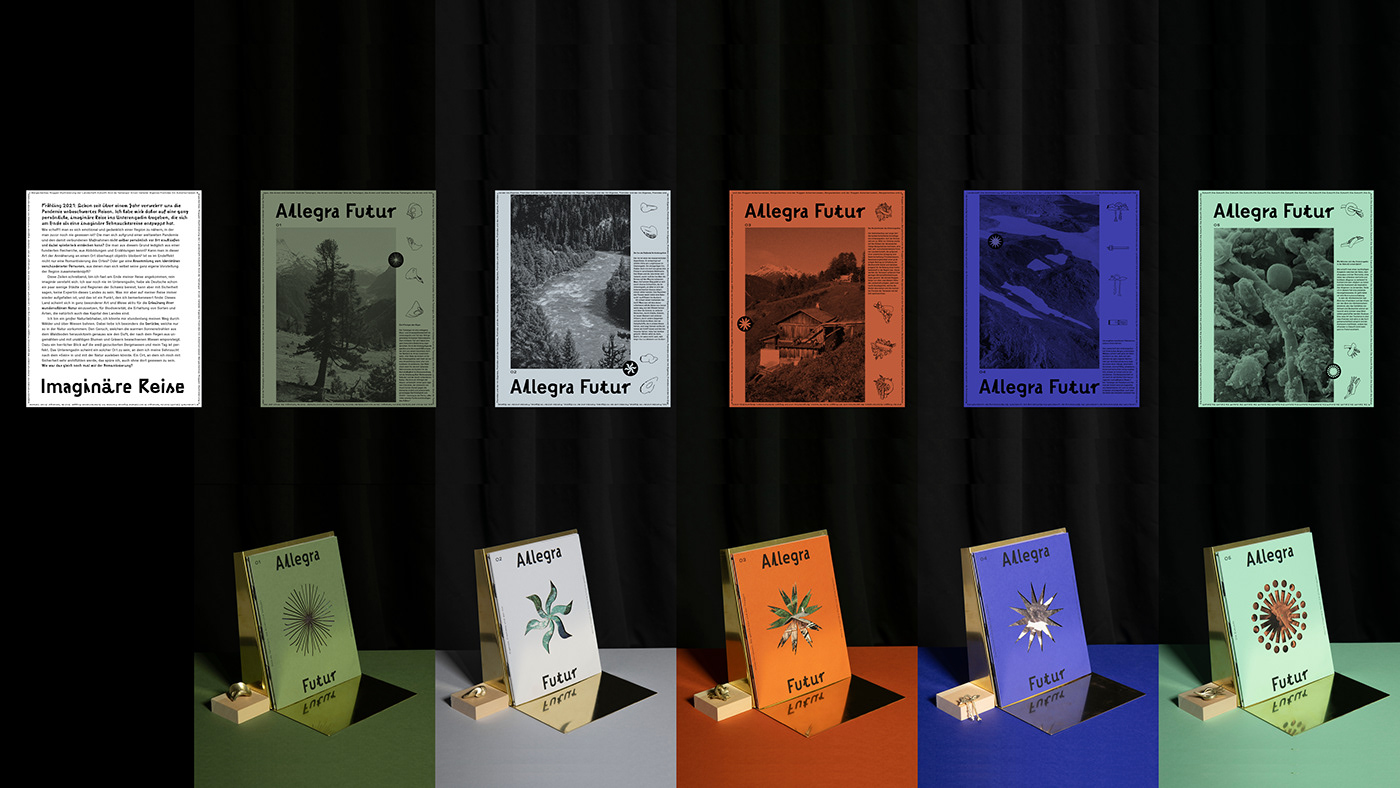__Allegra Futur_______
______________ my imaginary voyage to the engiadina bassa________________________________________

How do I get emotionally and mentally closer to a region where I have never been before? Which I only know from a profound research, from photographs, illustrations and texts? Is it even possible to remain objective when approaching a place in a imaginary way? In the end, is it not just a romanticization of the place?
I have embarked on a very personal, imaginary voyage to the Engiadina Bassa, one of the highest inhabited alpine valleys in Europe, in the east of Switzerland, close to the borders with Austria and Italy.

It is a region with a spectacular nature, the woodland »God da Tamangur« as part of the swiss national park and its inhabitants, living and non-living.

A region with the river Inn, one of the most water-rich Alpine rivers, which meanders through the entire valley and becomes increasingly wild towards Austria, its connected history of »own« and »foreign« and thus of »coming«, »staying» and »going.«

A region with a living culture, be it art, music or literature/poetry, which used to be highly agricultural, after all it was called the granary of Switzerland, in which predominantly rye was grown.

A region with a symbolic landscape, a place of longing that is ascribed a mythicisation or even sacralisation in which above all an ancient, endangered language still lives on: the Rhaeto-Roman, especially in the Engiadina Bassa the idiom Vallader.

In the course of my research, I found a connected thread between all these topics and started to weave a fine net to link the details into one big whole.
»I am a great nature lover, I could spend hours making my way through forests and across meadows. I especially love the smells that are only to be found in nature: The smell that the warm sunrays tickle out of the forest floor as well as the scent that rises after the rain from unmown meadows overgrown with countless flowers and grasses. Add to this a magnificent view of the white-sugared mountain masses and my day is perfect. The Engiadina Bassa seems to be such a place where I could live out my longing for "being" in and with nature. A place where I will certainly feel very much at home, I can feel that even without having been there. what was that again about romanticisation?«



I travelled in my mind and discovered the Engiadina Bassa from afar. In doing so, I wanted to capture impressions, stories, developments. Reflect on current issues that are important to me personally and work out potentials for a fictitious future/ a possible »tomorrow«. In doing so, I wanted to reflect the process of letting myself drift, as I usually do on a voyage of discovery, and enable a step-by-step, level-by-level grasp of the themes.

All these personal experienced impressions in connection with my research, I collected in small memory boxes and send them in mind to me as physical artifacts, similar to the way you usually send postcards to good friends to tell them about the journey and to let them share what you have experienced yourself. For the contents of the boxes, I have developed and designed a concept with a series of symbols connected to objects, self-written texts, postcards, brochures and booklets.

I have divided my project into five thematic areas, for each I have chosen a colour and designed a symbol that runs through the entire design as a key visual and always lets you know which thematic area you are currently in.

The symbols are based on the traditional wall design of the houses in the region, den Engadinerhäusern. These symbols, scratched into the facades using the technique of scrafito, are intended to associate our real world with the world of magic. The aim is to learn to look again, to sense and respect the mystery behind the phenomena of the symbols.
The symbols have been inserted on the back cover of my booklets, which were created for each topic, where they are also visually linked more and more with consecutive numbers as well as on the covers as cut-outs, which provide a first glimpse of the place where the contents of the booklet take place.

On my voyage I also find small objects whose design inspiration comes directly from details of the individual places. These are meant to emotionally connect me to the respective place in an abstract realistic way and to appeal to me on a visual as well as on a haptical level. At the beginning I designed the objects digitally in Rhino.

At the beginning I designed the objects digitally in Rhino. In the next step, I had them printed with the Formlab 3D printer in a special wax polymer that is suitable for casting in metal. I then sent this to a jewellery foundry, which used the models to create negative moulds in which they then casted the metal, in my case brass. In order to be able to cast the objects, they had to create sprues for them, which I then removed in a next step in the workshop. The last step was filing and grinding the metal parts.






Overview of the five objects in the small boxes.

I worked with analogue black and white archive pictures, many small details like dots and stars. I have set headlines and accentuation in »massimo grafia« a font design by Gabriel Richter and Andreas Uebele that is supplemented by many alternate glyphs, at least five and in some cases as many as 14 variants are available. The writing thus gives a personal and individual touch, as I was very flexible in the choice of glyphs and thus in the building of a good tension. For the body text I used the favorit, a grotesque font with well designed details.





A short quote from my text: »In the Engiadina Bassa, the Swiss Arve seems to be connected with all levels of the human senses, even to be assigned anthropomorphic traits: The people of the Engiadina Bassa, with their language, which they saw in danger, sought strength in nature and in the Swiss stone pine as a role model. Just as the Rhaetian Romansh is only spoken in this specific region of Switzerland, a cluster of Swiss stone pines of this magnitude is likewise only found in the Engiadina Bassa. »It takes at least 40 years for a Swiss stone pine to bear its first cones, if it doesn't fall victim to avalanches, rock or lightning strikes first.« Perseverance and faith in oneself, one's strengths and peculiarities are thus ultimately rewarded, and in the case of the Swiss stone pine and the Vallader, with the survival of their own species and peculiarities.












M Y C O N C L U S I O N:
My imaginary journey to the Engiadina Bassa turned out to be an imaginary journey of longing. At the same time, I see it as a great opportunity to have embarked on this journey in an imaginary way. When I sat on the train to Sent a good a fortnight ago and drove ever closer to the Engiadina Bassa, it was an incredible feeling. I had goose bumps to see the place I had been studying intensively for months. I actually felt at home right away, as if I had known the region for a very long time.
I think I would never have been able to tell my own story of the place if I had been there in person at the beginning of the project.
I would also not have been able to become so emotionally attached to the place and at the same time see it so abstractly. The real circumstances and insights on the ground would probably have blocked me from thinking beyond and experiencing more than just the visible of the region. So I highly recommend going on an imaginary journey and accessing a place in a completely different way.

Spring Semester 2021. Masterstudio - Integrative Design. HGK Basel. Mentoring: S U S A N N A H E R T R I C H and R A L F M I C H E L
Many thanks for the support: MANCKE GmbH - 3d wax plots as preparation for metal casting








